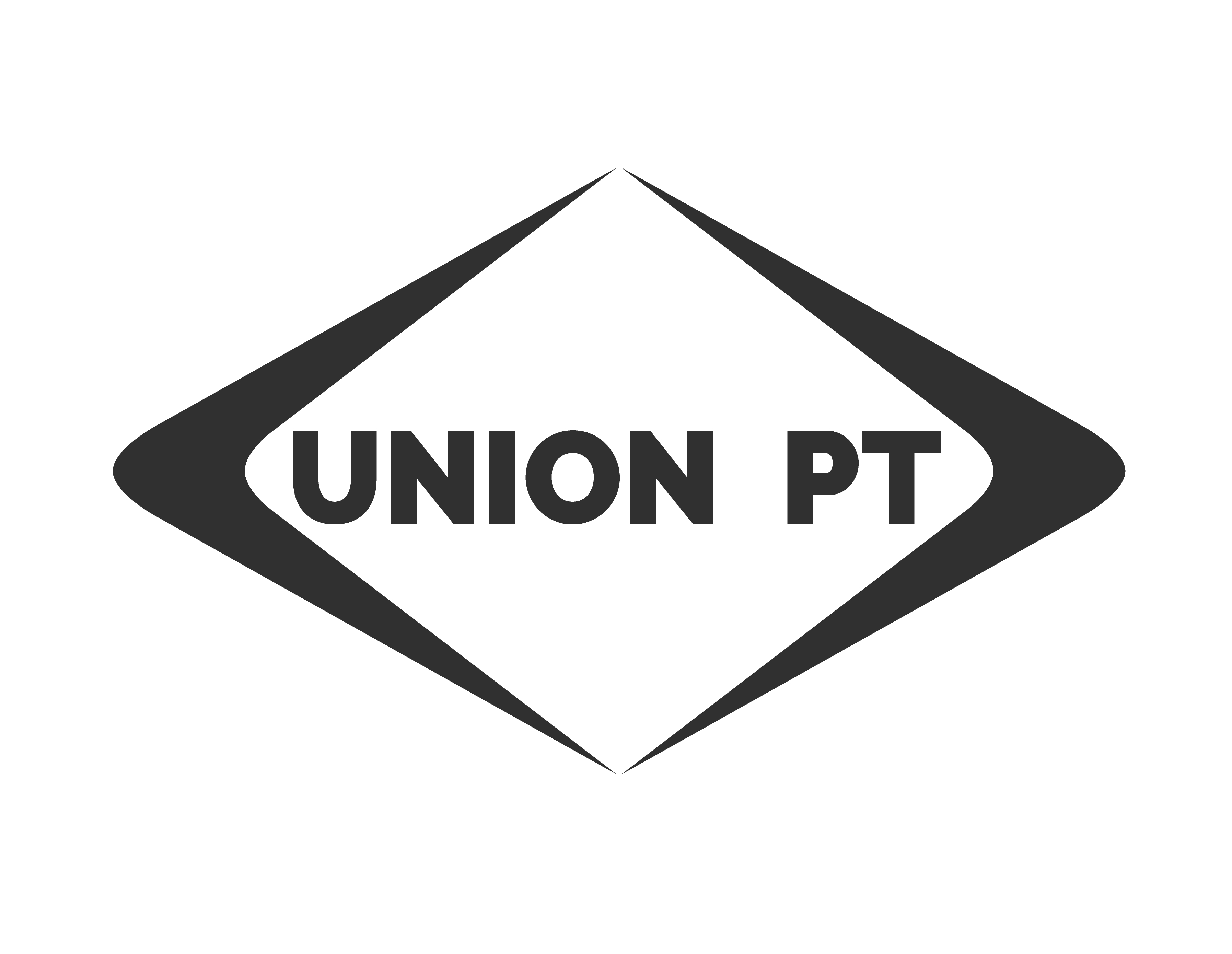What is the meniscus?
The meniscus is a C-shaped structure in the knee. There is a medial are a lateral meniscus that function to provide cushioning to the knee and to support rotational movements. It is a very commonly injured structure. Tears of the meniscus can occur in a variety of orientations (as pictured below) and can vary in severity. Generally larger tears are associated with increased severity of symptoms. The meniscus is composed of fibrocartilage, which has less blood flow than some other tissues, meaning that it is generally slow to heal. This effect is compounded with age.

How does a meniscus injury occur and what are the symptoms?
Meniscus injuries often occur with a sudden twisting or pivoting motion, but can also be the result slower “wear and tear” type damage associated with the aging process. Symptoms are generally felt as a sharp pain with deep bending, walking, stair climbing, or twisting motions. Pain is most commonly localized to the inside or outside of the knee, but can sometimes can be felt in the middle of the knee. With more severe tears, locking or giving way of the knee can occur.
Irritation of the meniscus without actual evidence of tearing is possible as well. There are also high occurrences of asymptomatic meniscus tears in the general population. This means that a small meniscus tear can be present, but it does not necessarily have to hurt and restrict activities. There are also many people with small meniscus tears that never experience symptoms.
There are many mechanical forces that contribute to meniscus injury or irritation. Poor knee alignment with squatting and walking is one of the main contributors. This is often associated with weakness and poor control of the hip muscles.

How can I treat meniscus symptoms on my own?
Activity modification is a good first step. It is helpful to limit sustained deep bending of the knee, avoiding twisting and pivoting sports, painful high impact activities such as running. If you suspect an injury to your knee, it is best to avoid twisting and forceful pivoting motions. If your knees tend to buckle inward with squats and stairs, it is helpful to try to correct this for more neutral alignment of the knee.
When should I see my physician or pursue imaging of the knee?
If the injury occurred with a fall or significant trauma, it is best to see a physician. X-rays to rule out bony fracture are often recommended in this case. Magnetic Resonance Imaging (MRI) can be helpful in confirming a meniscus tear, but are not initially recommended unless severe locking or dangerous buckling of the knee is occurring. Physical therapy is the first, conservative recommendation for suspected meniscus injury.
What are the treatment options?
Treatment options include surgical repair, Physical Therapy. Depending on the patient age, activity level, severity and orientation of a tear, an orthopedic surgeon may decide to perform a repair of the meniscus or a meniscectomy. A meniscectomy involves shaving of the torn or frayed portion of the meniscus to reduce catching and irritation. A repair of the meniscus involves suturing of the tear.
In most cases, treatment starts with a course of PT before any surgical intervention is considered. Unlike tears of tendons and some ligaments, waiting to perform a surgical intervention does not decrease the likelihood of success.
How can Physical Therapy help?
Physical therapy focuses on creating an ideal environment for healing to take place. Generally, larger meniscus tears will not heal completely without surgery, but PT is still helpful to improve movement. Moderate and small tears can be successfully treated with PT alone. With treatment, irritation and inflammation can be reduced to the extent that the knee is not painful and daily activities are not limited.
- Activity modification
Changing your activity level and activity profile can reduce irritation to the meniscus and help in preventing further injury. This may involve avoiding sports or activities that require a great deal of lateral movement, quick changes in direction, or pivoting on the knee. Shifting your activity profile towards straighter plane motions and lower impact activities can be helpful. A Physical Therapist can help you to come up with a plan that is reasonable for your activity level, long-term goals, and prognosis for the knee.
- Manual Therapy
Joint mobility and alignment at the ankle, knee, hip and trunk can predispose you to injury and perpetuate a current injury. Correcting improper alignment through manual treatment by stretching tight soft tissues, mobilizing joints, and helping to facilitate or activate weak muscles will improve mechanical alignment with the goal of reducing mechanical stresses across the knee.
- Therapeutic Exercise
The meniscus is considered a relatively avascular structure. Specifically, it receives about 25% of its nutrition from blood vessels while the remaining 75% comes from the synovial fluid within the joint capsule. Like the knee cartilage, movement and compression is necessary for the meniscus to exchange synovial fluid. In other words, movement is medicine for the knee cartilage and the meniscus.
A Physical Therapist can help you to appropriately dose mechanical stresses to the knee as to encourage fluid exchange and healing at the knee, without further increasing irritation and inflammation. This may involve light, low impact aerobic activities, or more moderate squatting and balancing exercises.
The meniscus is one of the important structures in the knee that provides proprioceptive feedback. Proprioception is the perception of joint position and motion. When the meniscus is injured, this lack of proprioception will contribute to decreased balance on the affected side which further predisposes the knee to injury. This will often contribute to a sense of instability when walking or going down stairs. Graded balancing exercise is often prescribed by your Physical Therapist in order to reestablish proper mechanics at the knee

